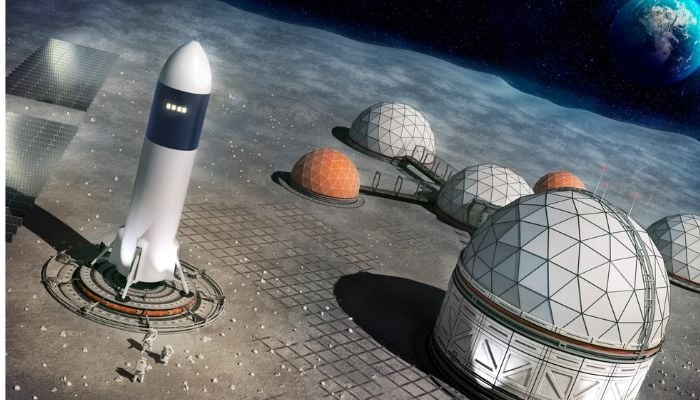South Korea has unveiled bold plans to establish a lunar base on the Moon by 2045, entering the global space race alongside other Asian powers like China, Japan, and India. With its newly formed Korea Aerospace Administration (KASA) leading the charge, the country aims to build a permanent base that will boost scientific discovery, technology, …
Continue reading “South Korea Sets Sights on Building Lunar Base by 2045”
